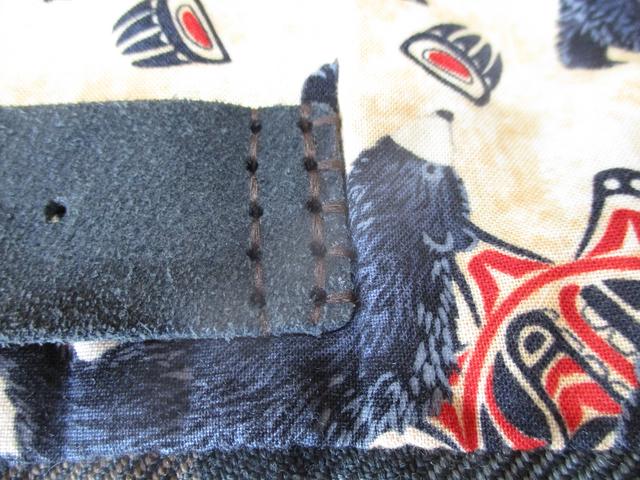X Marks the Scot - An on-line community of kilt wearers.
|
-
24th October 23, 01:47 PM
#13
When hand-stitching a kilt I am not inventing anything new. I use the same techniques, methods and materials as a Saville Row Tailor. Just not as skillfully.
There are very few places where kiltmaking and making a man's tailored suit vary. In a kilt there is a line of stitches to support the weight of the pleats where they are cut away and would sag by gravity if not supported.
When making a kilt there is no paper pattern or cut out pieces that are seamed together. In fact, right up to the point where the inside of the pleats are cut-away to prevent bulk in the back of the Fell, the entire kilt can be un-stitched and will be a long, single length of fabric again.
Things like interfacing which give stability, body, and prevent drooping are the same. Only when stitching the straps and buckles do I stitch all the way through the outer Tartan fabric and interfacing to anchor the straps and buckles to the stabilizer with strong upolstery thread.

The liner on the inside of the kilt is only there to hide the internal strengthening elements. It is usually made from a cotton boadcloth and can be replaced if needed without needing to disassemble the kilt. the liner should be fully sewn on all the edges. There should be nothing to catch or snag inside the kilt.
In fact, one of the dead give-aways that a kilt is not made to be of heritage quality is when you can lift the liner, find any interfacing sewn to just the liner, an and the pleat cut-aways allowed to fray.

-
 Posting Permissions
Posting Permissions
- You may not post new threads
- You may not post replies
- You may not post attachments
- You may not edit your posts
-
Forum Rules
|
|

















Bookmarks